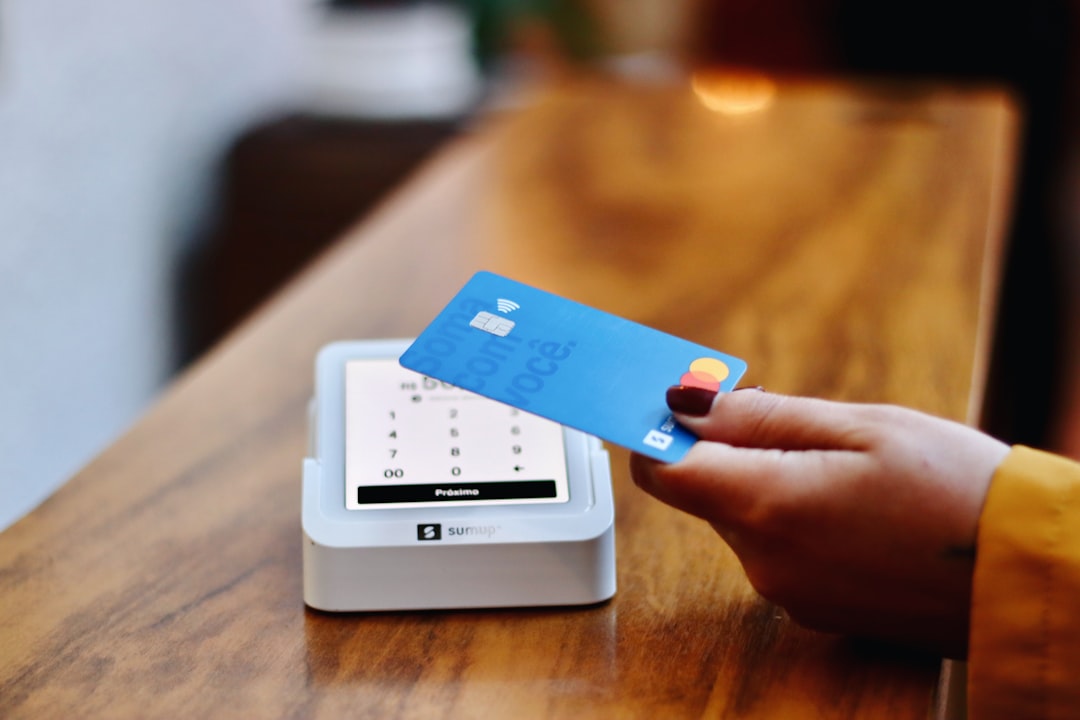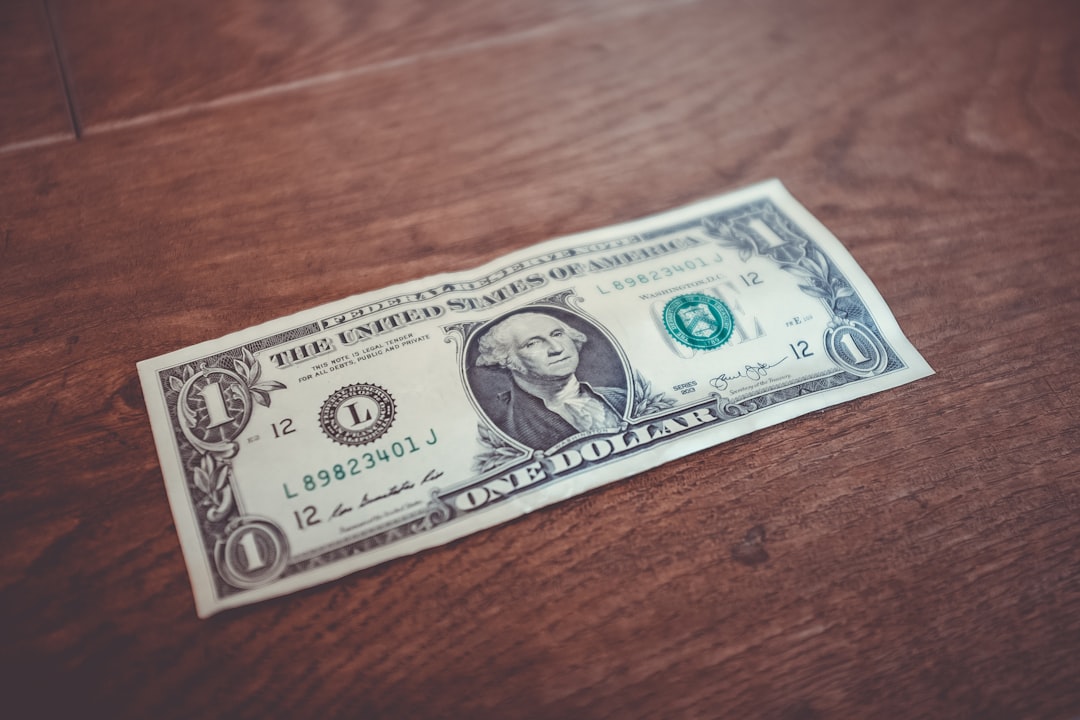Unfortunately, unpaid bills are common in the business world. If you are facing this problem, don’t worry, you are not alone. There are solutions to recover an unpaid bill. Here are some best practices to follow.
Don’t neglect an unpaid bill
Best practices for tracking an unpaid invoice
Don’t neglect an unpaid bill
An unpaid bill is a common problem in business. If you don’t handle invoice reminders properly, you risk losing money and damaging your relationship with the customer. Luckily, there are best practices you can follow to effectively manage unpaid bills.
The first step is to make sure your bill is clear and concise. Include all relevant details such as due date, amount due and contact details. If possible, email or fax the invoice so the customer has a written record.
Then have patience. It is normal for customers to take a while to pay an invoice. If it’s a few days past the due date, contact the customer to remind them of the debt. If the delay is more than two weeks, you should consider sending it by registered mail with acknowledgment of receipt.
If after following these steps the customer still doesn’t pay, it’s time to consider other options. You can hire a collection agency or take legal action. These measures should be used as a last resort as they can damage your relationship with the customer.
By following these best practices, you can effectively manage unpaid invoices and maintain your customer relationship.
Recover an unpaid invoice properly
Tracking an unpaid bill can seem like a daunting task, but if you follow a few best practices, you can make it a lot easier. First, it’s important to remember that the person who received your bill may have forgotten to pay it or may not currently have the funds to do so. A short, polite reminder gives you the opportunity to settle your debts. If you still don’t receive payment after the first reminder, it is important not to lose patience and issue a second reminder with a clear explanation of the consequences of non-payment, such as: B. interest on arrears or interruption of service. . If you still do not receive payment after the second reminder, it is important to contact the customer by phone or in person to discuss payment options.
Best practices for tracking an unpaid invoice
An unpaid bill is a common problem for businesses. The good news is that there are ways to reduce the risk of payment defaults and effectively stay in touch with customers in the event of a payment default.
To avoid non-payment, it is important to follow certain best practices when issuing invoices:
– Use professional invoicing software to avoid errors and omissions.
– Always send the invoice to the correct address and check whether the customer has received the invoice.
– Clearly state the terms of payment (deadline, means of payment, etc.) on the invoice.
– Show empathy: the client could run into financial difficulties, so be understanding and give them some leeway if needed.
In the event of non-payment, it is important not to panic and follow a pre-established procedure. Here are some tips for effectively tracking your customers:
– Send an initial payment reminder by email or by post as soon as the payment is overdue.
– If the customer doesn’t respond to the first reminder, send them a second, more insistent (but still polite) reminder about 10 days after the first reminder.
– If the customer still does not respond, contact them by phone to find out what is happening and try to find an amicable solution.
– If no solution is found, the last resort is to go to the competent court to obtain a judgment against the debtor.
How do I avoid payment defaults?
There are several ways to avoid chargebacks. First of all, it is important to prepare the invoices well. Details must be clear and legible and it is recommended to provide all relevant information about the customer, the amount and the due date. It is also important to follow good practice in managing invoices, sending them out quickly after the service is rendered and sending regular reminders if payment is not made on time.
If you already have a pending payment, there are several ways to deal with it. You can first contact the customer and try to find an amicable solution. If that doesn’t work, you can consider hiring a collection agency or going to court. Finally, it’s important to have solid procedures in place to avoid future chargebacks.
What to do in case of non-payment?
Unfortunately, unpaid invoices are a reality for many companies. If you have a customer who isn’t paying their bills, it’s important to follow some best practices to try and get your money back.
First of all, it is important not to panic and keep calm. Take the time to verify that the invoice is due and that the customer has not made a payment error. If you are sure that the invoice is due, you can send a payment reminder to the customer. This reminder must be polite but firm and clearly state the payment deadline. If the customer doesn’t respond to the reminder, you can send them a formal notice. This reminder must be drawn up by a lawyer or bailiff and must also include a payment deadline. If the customer misses this deadline, you have several options for getting your money back:
– The amicable way: You can try to reach an agreement with the customer, for example by offering them payment in installments.
– The legal route: You can take legal action against the client, but this can be lengthy and expensive.
– The out-of-court way: You can commission a debt collection agency that will take care of recovering your money for a commission.
In the event of non-payment, it’s important to follow best practices to try to get your money back.
It is important to know how to recover an unpaid bill. In fact, it can happen to anyone and it is important to know how to deal with such a situation. You must first try to contact the customer to find out what’s going on. If the customer does not respond, a reminder should be sent. If the customer still does not respond, a formal notification must be sent. If the client still does not respond, consideration should be given to going to court.
FAQ
1. What are the best practices for tracking an unpaid invoice?
There is no one-size-fits-all answer to this question, as the best way to track an unpaid invoice depends on your relationship with the customer in question. However, there are some general rules you can follow to maximize your chances of getting your money back:
-
- First, make sure you’re sending your bill to the right person and address. If you don’t get a response, try contacting the customer by phone or email to make sure they received your invoice.
-
- Next, be polite and professional in your communications. Remind the customer that you need your payment to meet your own obligations and ask them when they expect to pay it to you.
-
- If after several attempts you still do not receive a reply, you can send a formal notice by registered mail. This shows the customer that you mean business and that you are not going to let go so easily.
-
- Finally, if none of these methods worked, you may consider contacting a collection agency or going to court.
2. How long should I wait before pursuing an unpaid bill?
There is no fixed rule on this subject, but in general it is advisable to wait at least 10 days after the deadline before contacting the customer. This gives them time to receive and process your invoice.
3. What are the risks of not following up on an unpaid bill?
If you don’t pay an unpaid bill, you risk never getting paid. It is important to note that as time goes by, it becomes more difficult to get your money. Not following up on an invoice can damage your relationship with the customer and make them feel like you are unprofessional.
4. What should I do if the customer refuses to pay?
If the customer categorically refuses to pay, you can consider sending a registered letter for a reminder. This shows the customer that you mean business and that you are not going to let go so easily. If that still doesn’t work, you can consider hiring a collection agency or going to court.
5. Is there support for small businesses who are struggling to get their money?
Yes, there are various support options for small businesses in difficulty






